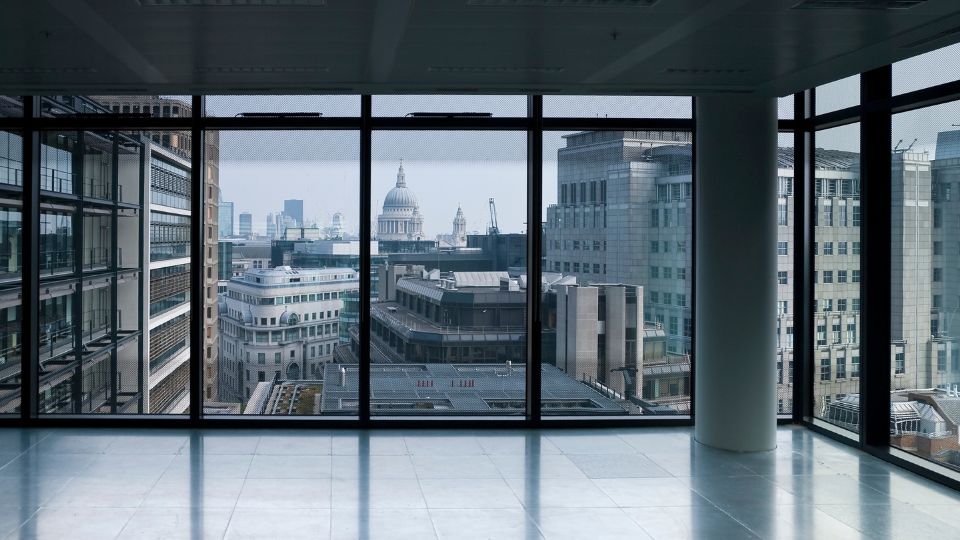London’s office market is undergoing a major transformation – not through new developments, but via a rapid acceleration in refurbishments.
With environmental performance and delivery speed now critical, landlords are opting to upgrade existing buildings to meet post-pandemic standards.
According to Deloitte’s latest crane survey, of the 2.4 million sq ft (222,967 sqm) of new office supply that commenced construction in the first half of 2025, more than 83 per cent, nearly 2 million sq ft (185,806 sqm)m came from refurbishment projects.
That’s equivalent to nearly five Gherkin-sized towers.
“Flexibility remains important, but we’re clearly seeing a shift back to the office,” Philip Parnell, Partner at Deloitte Real Estate told The Times.
“In core locations, space is tight, and refurbishments are typically much quicker to deliver.”
Rather than waiting six years for a ground-up build, including two years in planning and four in construction, many landlords are opting for upgrades that can be delivered within 12 months.
This agility has become a decisive factor in the race to meet occupier expectations.
Rising demand for premium, sustainable offices has also pushed “prime” rents sharply higher over the past two years.
While the market once debated the long-term viability of offices, the so-called “death of the office” has given way to a new normal: high-performing companies want high-performing buildings.
“There’s simply not enough top-tier space available,” Deloitte’s report noted. “Occupiers are increasingly considering upgraded secondary stock, especially where timelines are tight.”
That urgency is being felt most by the financial services sector. In the first half of 2025, finance tenants accounted for half of all pre-completion lettings, a stark rise from just 16 per cent in mid-2021.
Technology firms, once the post-pandemic leasing leaders, have been largely absent from the pre-let market this year.
Build costs climb, making refurbs more viable
The shortfall in top-grade space is partly a legacy of COVID-era delays, when uncertainty forced many developers to shelve new projects. Now, as market confidence rebounds, cost and risk are front of mind.
Developers report that construction costs have surged by 50 per cent since 2020, while higher interest rates have increased financing costs, making new-build feasibility more complex.
“Refurbs offer a lower-risk, faster-to-market alternative,” Mr Parnell added.
“That’s particularly appealing given today’s elevated build costs and rate environment.”

